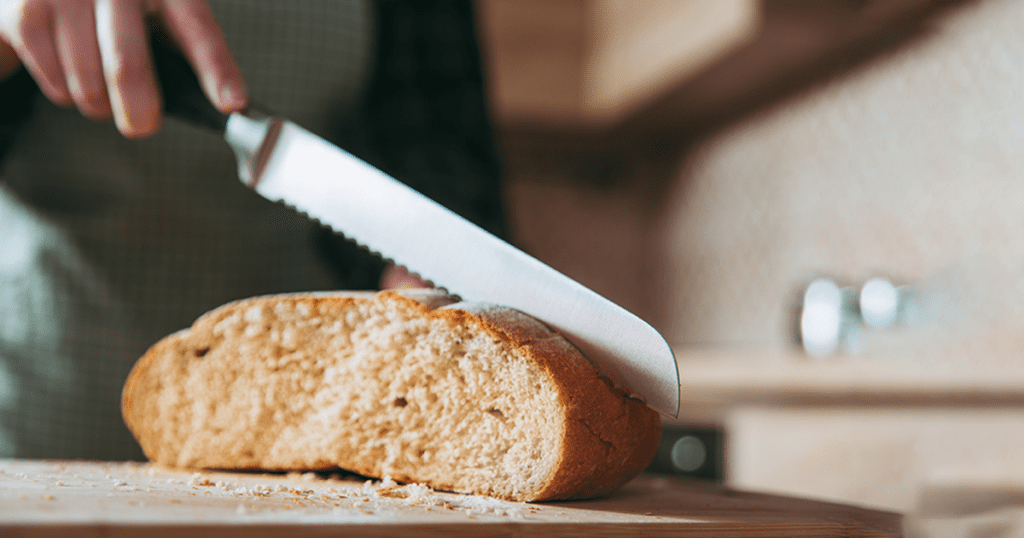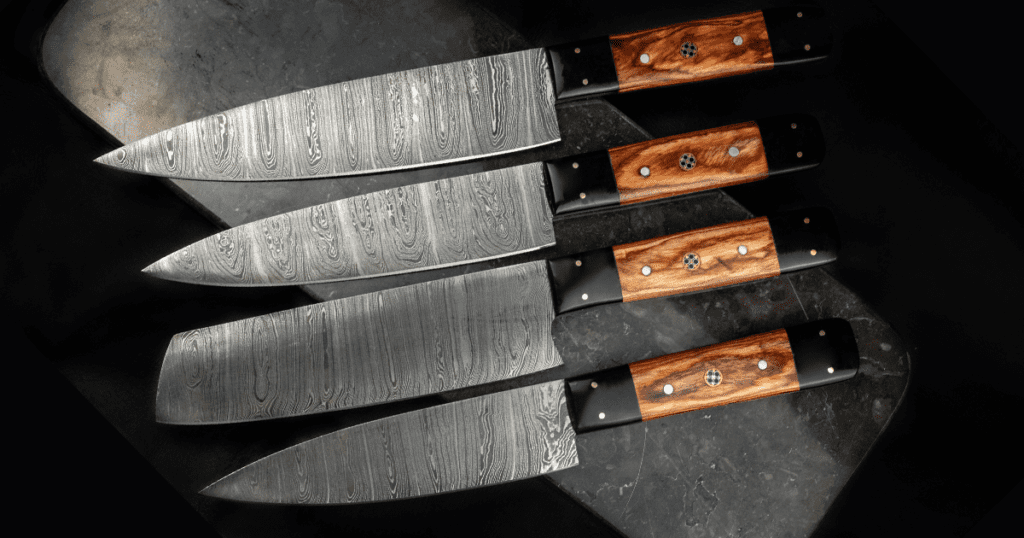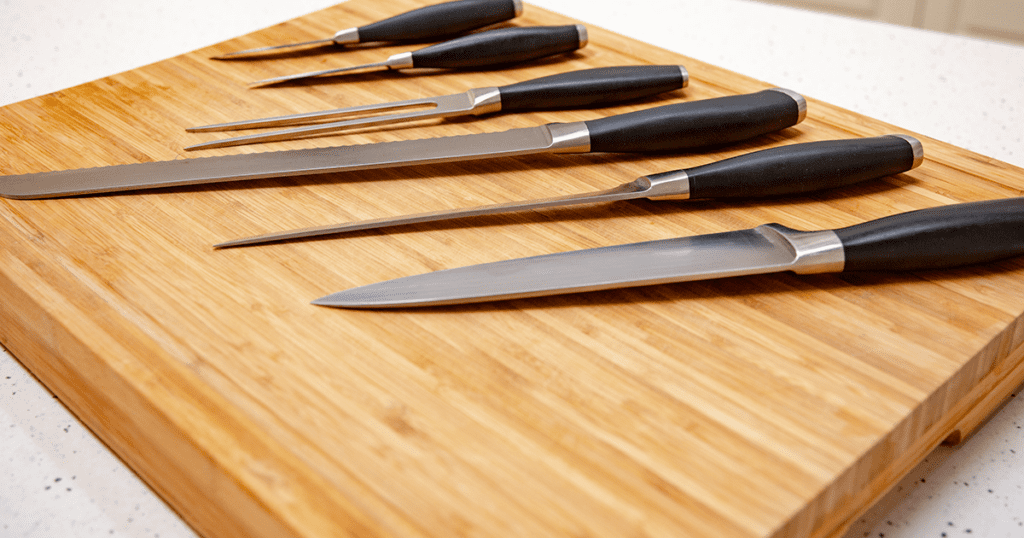In the symphony of culinary arts, the kitchen knife plays the leading role—a conductor orchestrating the harmony of flavors, textures, and aromas. Just as a musician wouldn’t rely on a single instrument, a chef needs an array of knives to craft culinary masterpieces. Join us on a journey through the world of kitchen knives as we explore five essential blades, each with its unique purpose and role in the theater of cooking.
1. Chef’s Knife: The Maestro of the Kitchen

The chef’s knife, often regarded as the workhorse of the kitchen, is a kitchen superhero. With a broad and sharp blade, it effortlessly handles chopping, slicing, and dicing. Its versatility makes it indispensable for a wide range of ingredients, from vegetables to meat. The weight and balance of a good chef’s knife allow for precise control, thus making kitchen tasks effortless.
2. Paring Knife: Precision in Small Packages
When finesse is required, the paring knife takes center stage. Its slender, pointed blade excels at intricate tasks such as peeling, trimming, and detailed cutting. From cooking shrimp to making fancy decorations, the paring knife is the artist’s brush, allowing for delicate maneuvers that elevate the visual appeal of dishes.
3. Serrated Bread Knife: The Gentle Slicer

Enter the world of crusty bread and delicate pastries armed with a serrated bread knife. The saw-like edge of this knife effortlessly glides through the toughest crusts without crushing the soft interior. Beyond bread, it’s the perfect companion for slicing tomatoes, cakes, and any delicate item that demands a gentle touch. A good serrated bread knife ensures that every slice is a clean, precise cut.
4. Boning Knife: Precision for Meat Lovers

For those who relish the art of meat preparation, the boning knife is an essential tool. With a narrow and flexible blade, it adeptly maneuvers around bones, joints, and cartilage. Whether you’re filleting fish, deboning poultry, or preparing a rack of lamb, the boning knife ensures you extract every ounce of meat with surgical precision, minimizing waste and maximizing flavor.
5. Santoku Knife: The Japanese Virtuoso

Originating from Japan, the Santoku knife is a versatile blade that combines the qualities of a chef’s knife and a cleaver. With its unique shape and Granton edge (a row of oval-shaped indentations), the Santoku excels at thin slicing, dicing, and chopping. This knife is a favorite among those who appreciate a finer, sharper edge and is ideal for precision cuts on vegetables, fish, and boneless meats.
Conclusion
As we finish our journey exploring kitchen knives, it becomes evident that each blade is a specialized instrument designed to elevate the chef’s artistry. From the robust chef’s knife to the delicate paring knife, and the precise boning knife to the versatile Santoku, these tools are more than mere utensils—they are extensions of a chef’s skill and creativity.
Investing in a quality set of knives is akin to assembling a reliable team of sous-chefs, each contributing its expertise to the culinary symphony. So, the next time you go on a culinary adventure, consider the role each knife plays in bringing your gastronomic vision to life. Remember, the right knife in skilled hands is not just a tool; it’s the key to unfastening the full potential of your culinary creations. Happy cooking!

